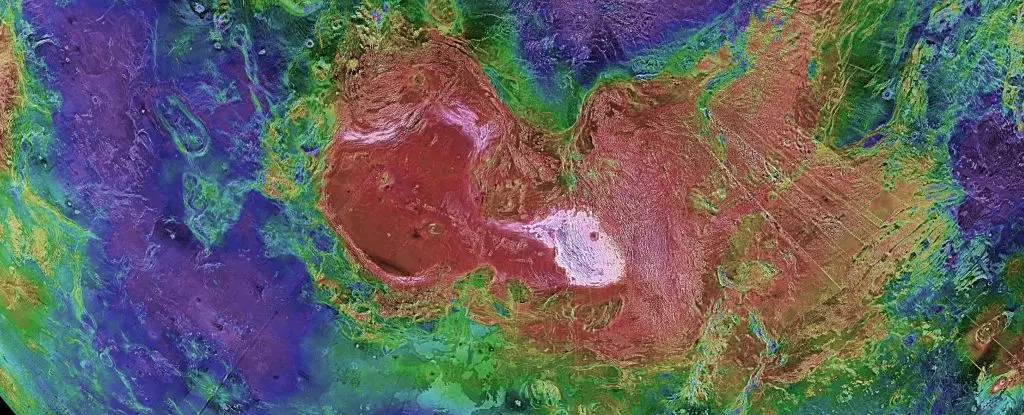The stark differences between Venus and Earth have always fascinated scientists and researchers. While Earth boasts a lush and welcoming environment with breathable air and moderate temperatures, Venus is a hostile planet with toxic gases, acid rain, and extreme temperatures reaching hundreds of degrees. These variations in planetary conditions have long puzzled experts, leading them to explore the underlying geological mechanisms that shape each planet’s surface and atmosphere.
One significant difference between Venus and Earth is the presence of tectonic plates. Earth’s tectonic plates play a crucial role in maintaining a stable climate and supporting life on the planet. In contrast, Venus lacks these tectonic features, which results in a vastly different geological landscape. The absence of tectonic plates on Venus has been a key factor in explaining many of the planet’s unique characteristics, including its extreme temperatures and atmospheric conditions.
Recent findings by scientists have shed light on the geological history of Venus, challenging previous assumptions about the planet’s evolution. Researchers, including geoscientist Fabio Capitanio, have uncovered evidence that suggests Venus’ tesserae, large plateaus on the planet’s surface, may have formed through processes similar to the creation of Earth’s earliest continents billions of years ago. This discovery has prompted a reevaluation of our understanding of planetary evolution and the factors that shape a planet’s crust.
The comparison between Venus and Earth’s crustal compositions reveals intriguing similarities and differences. Earth’s continental crust, comprised of cratons, serves as the foundation for the planet’s land masses and geological features. While Venus lacks the same level of geological complexity as Earth, recent research indicates that the formation of Venus’ tesserae may have paralleled the creation of Earth’s cratons, hinting at a shared geological history between the two planets.
The discovery of similarities between Venus’ tesserae and Earth’s cratons provides valuable insights into the evolution of rocky planets like Earth and Venus. By studying these geological features on Venus, scientists hope to unravel the mysteries of Earth’s early history and better understand the processes that drive planetary habitability. The timing of when these planetary characteristics emerged offers valuable clues about how habitability is established and sustained on rocky planets, paving the way for future research into the origins of life in the universe.
Overall, the comparative analysis of Venus and Earth’s geological features opens up new avenues for exploration and discovery in the field of planetary science. By delving into the intricate details of each planet’s crustal composition and geological history, researchers are uncovering valuable insights into the complex processes that shape our solar system and beyond. As our understanding of Venus and Earth continues to expand, so too does our appreciation for the diversity and complexity of the planets in our celestial neighborhood.



Leave a Reply